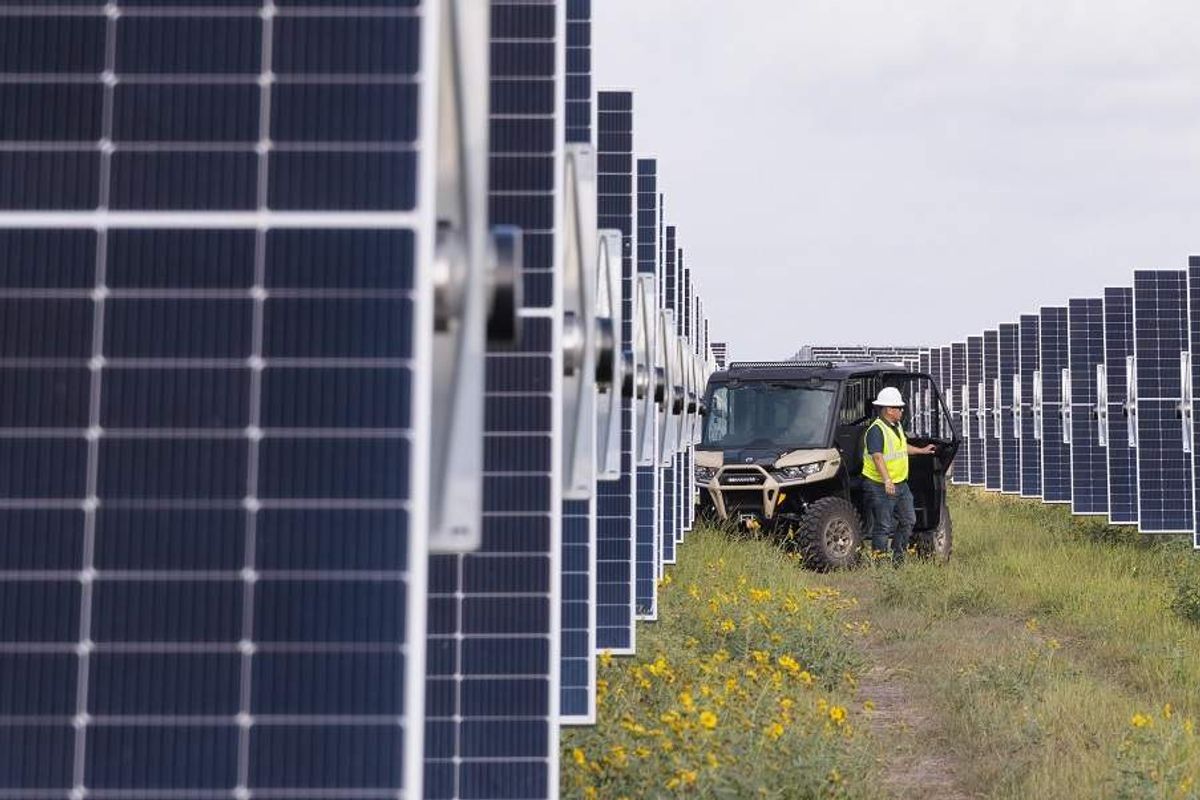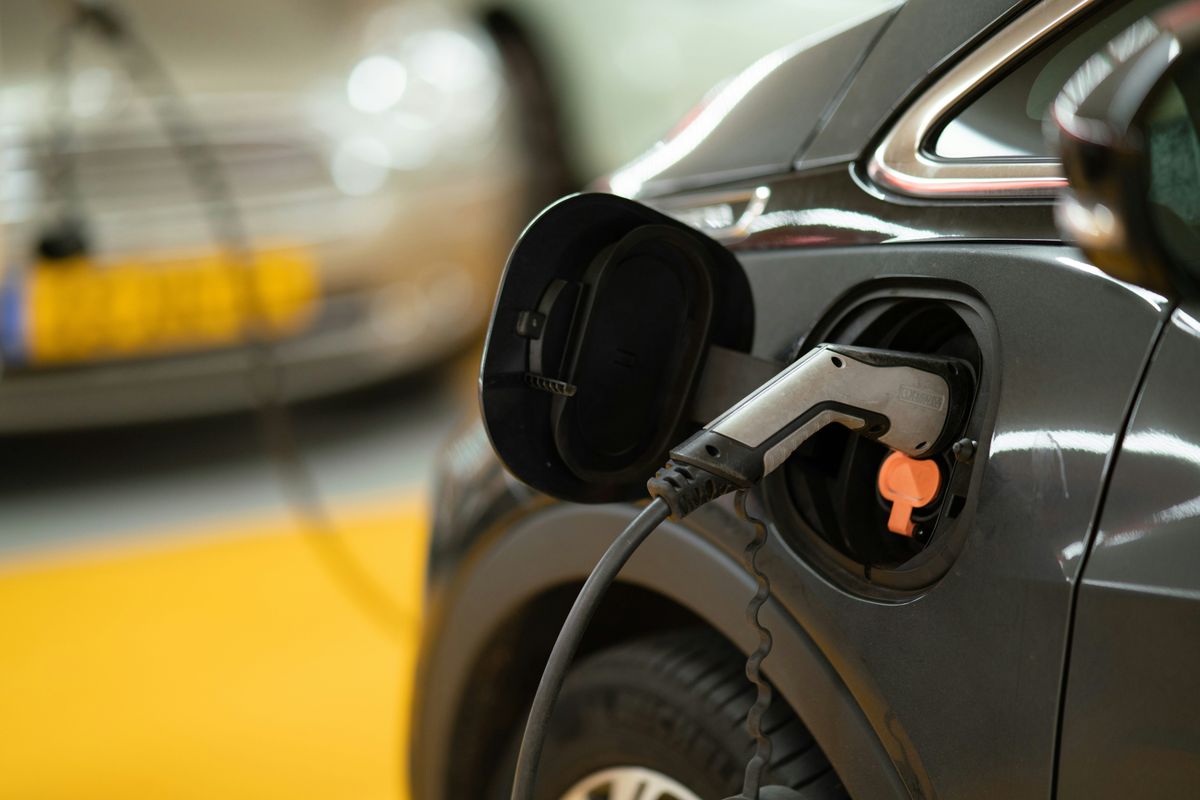Trending News
Houston renewable energy retailer expands nationally and more news to know
Editor's note: The top Houston energy transition news of June 2025 includes Rhythm's national expansion, CenterPoint's grid resiliency efforts, and an exciting research discovery. Get the details on the most-read EnergyCapitalHTX stories from June 15-30 below:
1. Houston's Rhythm Energy expands nationally with clean power acquisition

PJ Popovic, founder and CEO of Houston-based Rhythm Energy, which has acquired Inspire Clean Energy. Photo courtesy of Rhythm
Houston-based Rhythm Energy Inc. has acquired Inspire Clean Energy for an undisclosed amount. The deal allows Rhythm to immediately scale outside of Texas and into the Northeast, Midwest and mid-Atlantic regions.
Inspire offers subscription-based renewable electricity plans to customers in Pennsylvania, New York, New Jersey, Massachusetts, Ohio, Delaware, Illinois, Maryland, and Washington, D.C. By combining forces, Rhythm will now be one of the largest independent green-energy retailers in the country. Continue reading.
2. CenterPoint reaches agreement on SRP to significantly reduce outages

CenterPoint says it will cut storm-related outages by 1 billion minutes with its new Systemwide Resiliency Plan. Photo via Getty Images
CenterPoint Energy has reached a settlement agreement with parties to its 2026-2028 Systemwide Resiliency Plan (SRP), which will represent the largest single grid resiliency investment in CenterPoint's history.
The plan is expected to reduce storm-related outages by 1 billion minutes for its 2.8 million customers by 2029 and build on the first two phases of the company's Greater Houston Resiliency Initiative (GHRI). This SRP is designed to further address the impacts of extreme weather threats. Continue reading.
3. Enbridge activates first solar power project in Texas

Enbridge Inc. is now generating 130 megawatts of energy from its Orange Grove solar project near Corpus Christi. Photo courtesy Enbridge
Canadian energy company Enbridge Inc., whose gas transmission and midstream operations are based in Houston, has flipped the switch on its first solar power project in Texas.
The Orange Grove project, about 45 miles west of Corpus Christi, is now generating 130 megawatts of energy that feeds into the grid operated by the Electric Reliability Council of Texas (ERCOT). Orange Grove features 300,000 solar panels installed on more than 920 acres in Jim Wells County. Construction began in 2024. Continue reading.
4. Texas drivers continue to pump the brakes on EVs, shows new report

Texas falls among the middle of the pack when it comes to EV adoption, according to a new report. Photo via Unsplash
Even though Texas is home to Tesla, a major manufacturer of electric vehicles, motorists in the Lone Star State aren’t in the fast lane when it comes to getting behind the wheel of an EV.
U.S. Department of Energy data compiled by Visual Capitalist shows Texas has 689.9 EV registrations per 100,000 people, putting it in 20th place for EV adoption among the 50 states and the District of Columbia. Continue reading.
5. Houston team’s discovery brings solid-state batteries closer to EV use

Houston researchers have uncovered why solid-state batteries break down and what could be done to slow the process. Photo via Getty Images.
A team of researchers from the University of Houston, Rice University and Brown University has uncovered new findings that could extend battery life and potentially change the electric vehicle landscape.
The team recently published its findings in the journal Nature Communications. The work deployed a powerful, high-resolution imaging technique known as operando scanning electron microscopy to better understand why solid-state batteries break down and what could be done to slow the process. Continue reading.





